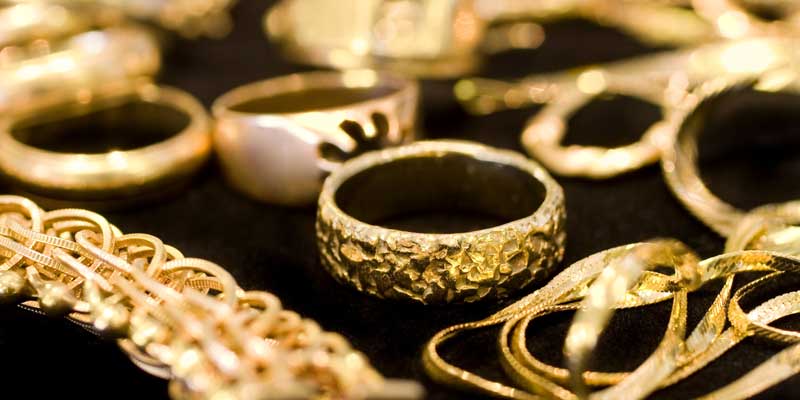
Author:
Miriam Sánchez González
Jewels for sale
Do you have some valuable jewels that you no longer wear and you want to sell it?
Keep in mind that the operation could generate an increase or decrease in wealth that you should declare in your IRPF, for the difference between the transfer value and the acquisition value.
When does it generate a profit to declare in the IRPF?
If the jewels to be sold constitute elements of personal wealth, that is to say, that do not come from the development of any economic activity because it is not dedicated, for example, to the purchase and sale of jewels, its sale will give rise to capital gains or losses for the difference between the acquisition value and the transfer value.
The transfer value, it is clear, will be determined by the price we have stipulated for the sale. Nevertheless, the determination of the acquisition value can generate us problems as far as its documentary proof (invoice) is concerned.
In this sense, the determination of the acquisition value will be fixed by the value included in the invoice of purchase of the jewels that now are going to be sold. Nevertheless, it will be very habitual not to have this invoice of purchase for what the value of acquisition that should be fixed would be 0 on not existing documentary evidence that throws another value to the purchase of the above mentioned Jewel.
Being this way, if we do not manage to demonstrate documentarily a value different from 0, we will have to pay tax for the value of sale as global benefit.
But let’s see it with a brief example. If we sell the jewel for 2.000 € and we do not have a purchase invoice, being, therefore, our acquisition value for this operation of 0, the profit for which we must pay tax will be 2.000 €, for being the difference between the sale value (2.000 €) and the purchase value (0 €) That is, we must include in the income tax return a positive yield (profit) of 2.000 € for the sale of the jewels.
It should be noted that the sale of personal assets, such as the sale of this jewelry, is taxed at the savings rate, i.e. at the most economical rate of personal income tax with rates ranging between 19% and 28%.
In short, the sale of a jewel from which I have obtained a profit would be taxed as a capital gain to the savings taxable base, in the same way as it is taxed for the sale of a property or for the sale of shares.
But, and if I sell with loss?
In the case that you have a purchase invoice and the result between the stipulated sale price and the purchase price generates a loss, this loss should not be included in the income tax return since the Tax Administration considers it as a “consumption loss” not computable in the IRPF.
So, then?
First of all, you should check if you have the purchase invoice of the jewel to be sold, since it will be the documentary proof required by the Tax Administration in order to verify the value declared as purchase value.
If you do not have this purchase invoice in your possession, the operation will generate a profit that you must include in your income tax return. On the other hand, if you have the purchase invoice and the difference between the sale value and the purchase value generates a profit, the same must be included in your tax return and, if on the contrary, the difference generates a loss, the same must not be declared because it is a “consumption loss”.
Do you need help? At Cigarrán Abogados we can help you (+34) 91.355.85.15


